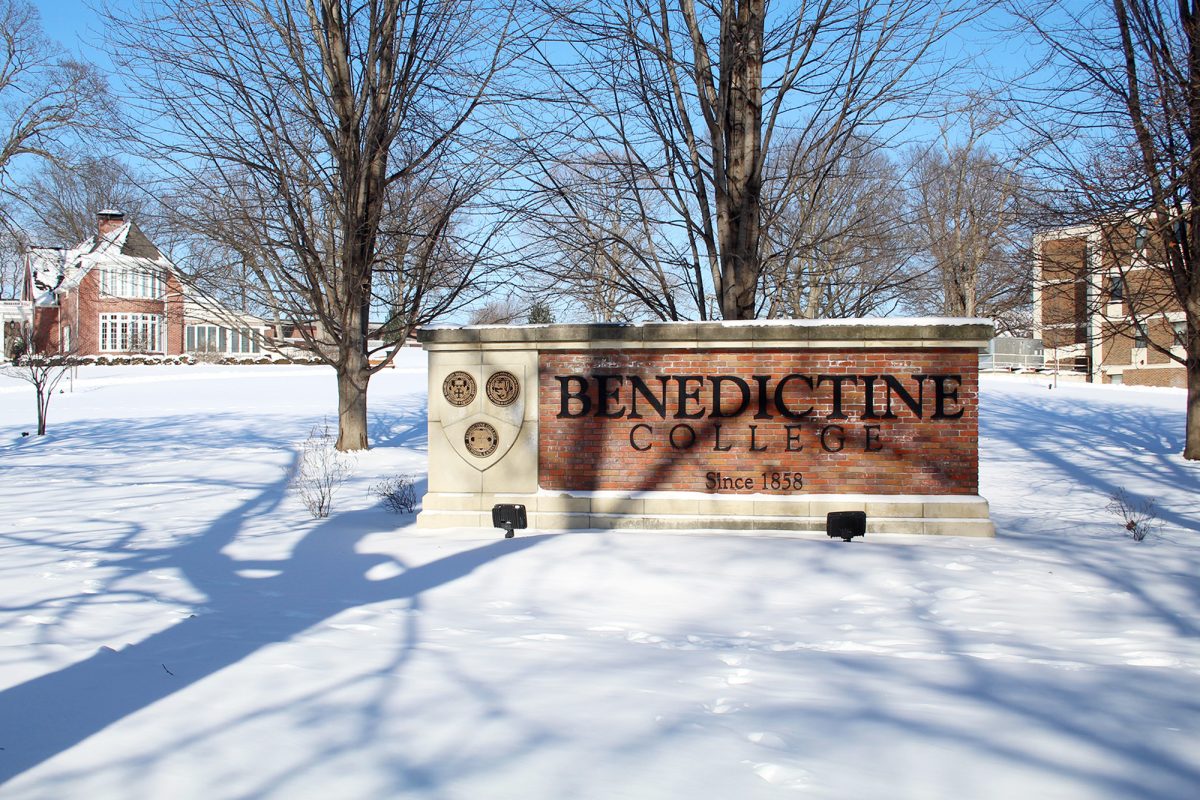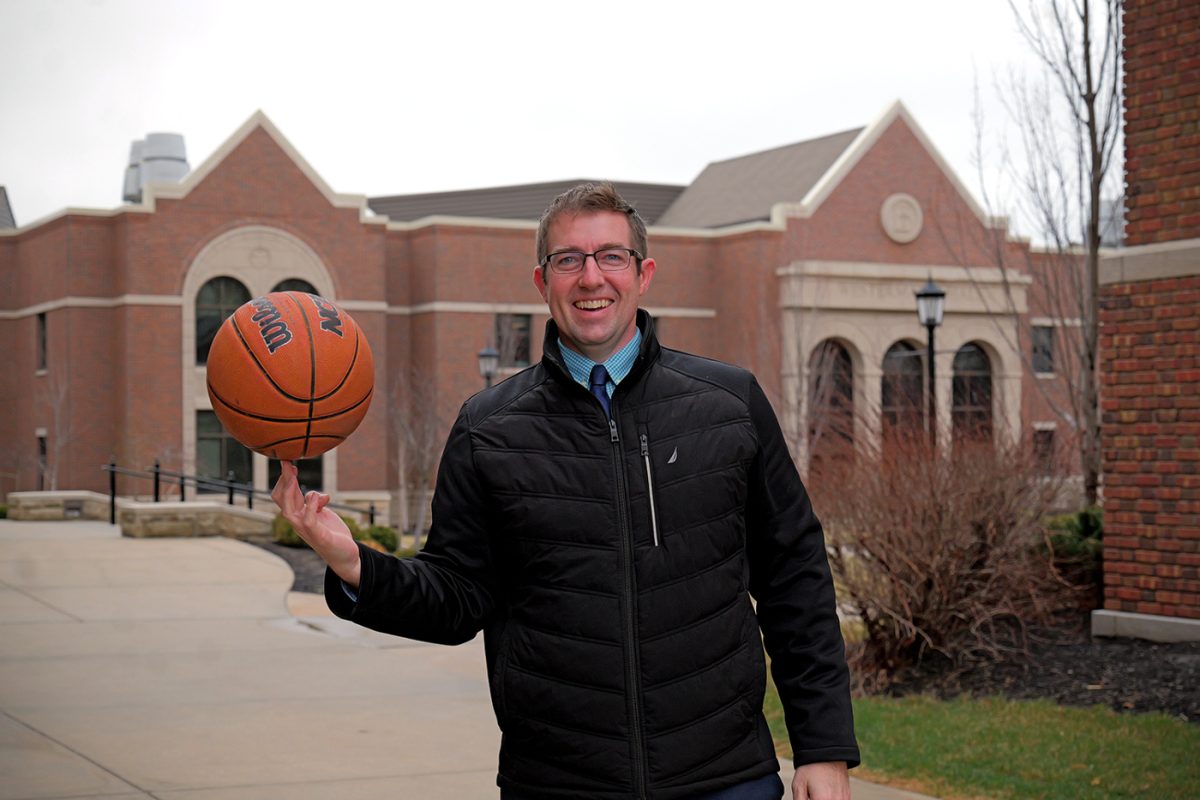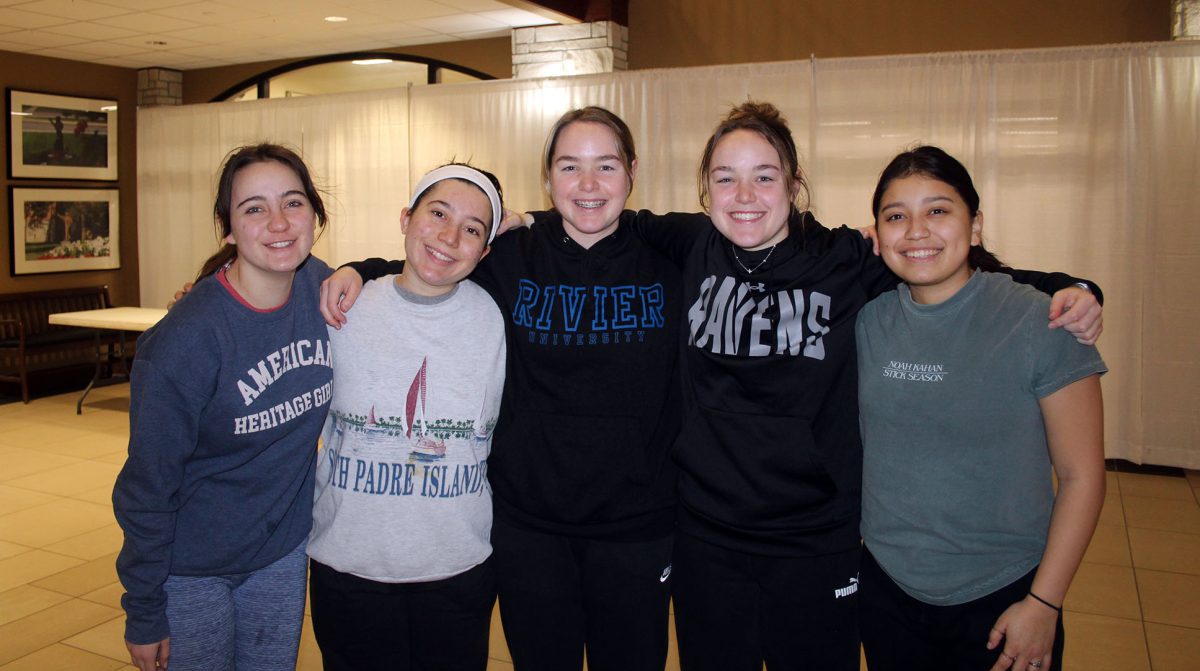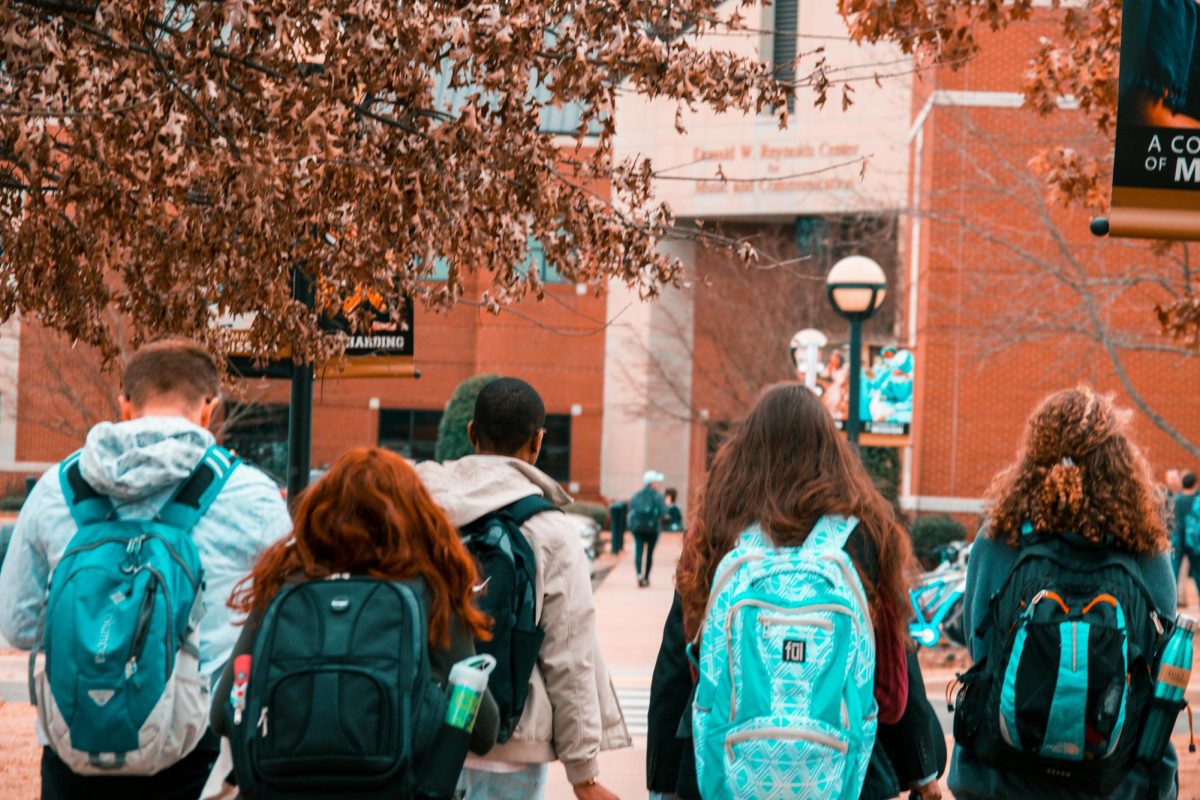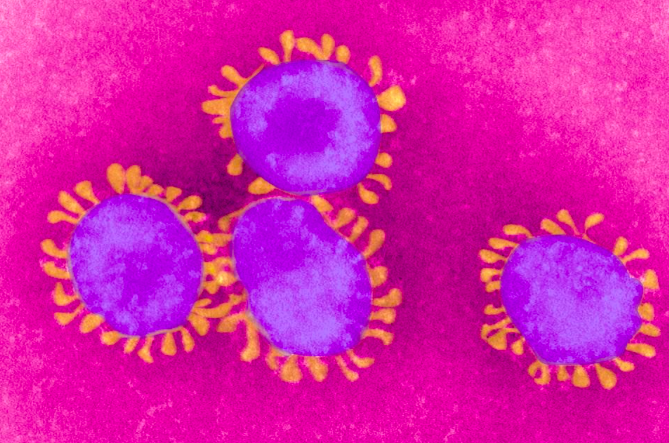The Novel Coronavirus, Origins and Similar Diseases
A deadly new strain of the coronavirus has caused the Center for Disease Control to label the virus as a high risk of becoming a pandemic.
The never before seen strain of coronavirus causes a respiratory disease, named COVID – 19, with similar symptoms to the cold including a fever, cough, runny nose and a sore throat.
In biology, a virus is an organism that does not have a cell and replicates by invading host cells while implanting its DNA into the host.
Dr. Janet Paper, a professor of Microbiology at Benedictine College, elaborated on the family of coronaviruses.
“There are different types of viruses. We classify viruses on their DNA composition, how they replicate themselves and their physical attributes. So, a coronavirus is a round virus with an envelope,” Dr. Paper said.
Other diseases caused by the coronavirus family include the common cold, pneumonia, SARS, and MERS. These diseases are spread by human contact and by breathing in the virus.
It is believed that the virus is Zoonotic.
“Zoonotic diseases are diseases that come from animals and can infect humans. An example of a Zoonotic disease is rabies. That’s how we first got it in humans, but since it came from an animal, it can now transmit from human to human, through respiratory contact,” Dr. Paper said.
As of this story’s publication, the COVID – 19 viruses have killed over 2,000 people worldwide. Most of the cases and deaths from COVID – 19 have been in China but other cases have appeared in 24 countries worldwide and among those, 15 confirmed cases in the United States.
Vaccine Research
As of this date, several companies have teamed with labs such as the University of Philadelphia and Enviro Pharmaceuticals to create a vaccine for COVID – 19, but testing the virus will take far too long for a quick cure.
“You have to do testing. You can’t just start injecting people,” Dr. Paper said. “They are using a new technique to develop the vaccine that has not really been used before, so I would not count on the vaccine for a long time.”
Until a vaccine is fully developed, the only way to eliminate the COVID – 19 disease is through quarantining patients that test positive for the disease.
Relative Danger and Protection
The World Health Organization recommends all people take the standard precautions against a cold for preventing disease transmission.
Dr. Michele Hinds at Benedictine College’s Nursing department elaborated on the WHO’s statement.
“There are some measures to protect ourselves. If we found ourselves in an environment where the coronavirus might be, the first issue is to wash your hands,” Dr. Hinds said. “Before you eat something after you eat something; before you meet people and after you meet people; when you touch anything in public, wash your hands.”
Austin Canatella, special to the Circuit, tells about study abroad students returning from Italy regarding the virus.
Dr. Hinds also recommends covering mouths when coughing and sneezing, immediately disposing of all used tissues and fully cooking meat.
As of yet, it does not appear that students at Benedictine College are in any danger from the coronavirus, but there are other dangers in the flu season.
“This year, we’ve actually had more deaths from Influenza than the coronavirus. That’s not to say the coronavirus is not important, because it is, but the people don’t necessarily take the flu seriously either. So, people should get their flu shots,” Dr. Hinds said.
Janet Paper, professor of Microbiology at Benedictine College, commented on the flu virus going around in comparison.
“It’s a changing situation. It’s good to keep track of it, but not to panic,” Dr. Paper said. “In the United States, this year the flu virus that’s going around is pretty severe. As people in the US, we should be way more concerned by the Influenza that’s going around than the Coronavirus.”
















